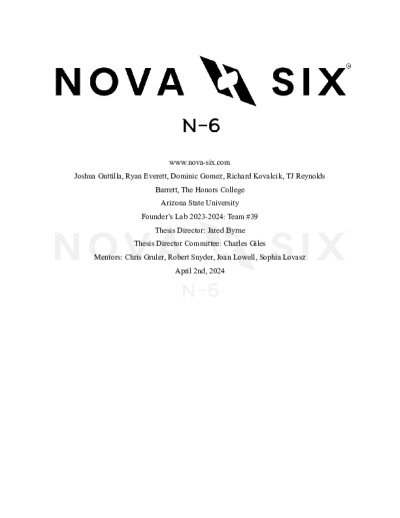Filtering by
- All Subjects: Start-Up
- Member of: Theses and Dissertations
Complete Marketing and Implementation Strategy for an Exclusive Student Rental Car Company at Arizona State University



SparkUp! is a solution that was created by Jose Montes and Ninad Kulkarni in September of 2021. The pair noticed a few needs that they could help solve within the ASU community. Due to the Covid-19 pandemic, the average students' college experience was completely uprooted and replaced with asynchronous learning and interactions which made it difficult for students to engage with other fellow students and make new friends. This also caused students to develop sedentary lifestyles since they no longer had to walk to campus, and they developed a routine of staying confined to their dorms throughout the day. SparkUp! is a Social Media app concept that solves these issues by connecting ASU students with other fellow students by helping them engage with one another in outdoor physical activities. Members can create and host their own hiking, cycling, kayaking, or other outdoor activity and they can set them for private or open use. Users can request to join an event by RSVPing through the app, and they also can connect with their new connections by utilizing the social media aspect of the app. Lastly, the app also tracks and maintains activity metrics such as miles traveled, steps taken, and overall time spent engaging in an activity. Through the needs discovery phase which took part from September-December 2021, the solutions that SparkUp! offers were validated. This prompted further analysis which led to an overall PESTLE analysis of SparkUp!’s overall potential ecosystem, the creation of a marketing strategy and the creation of an Alpha version of the app so that potential users could test the initial designs of the concept. This testing was done during April of 2022 which is aiding in gathering the data necessary to create a Minimal Value Product for future release.
